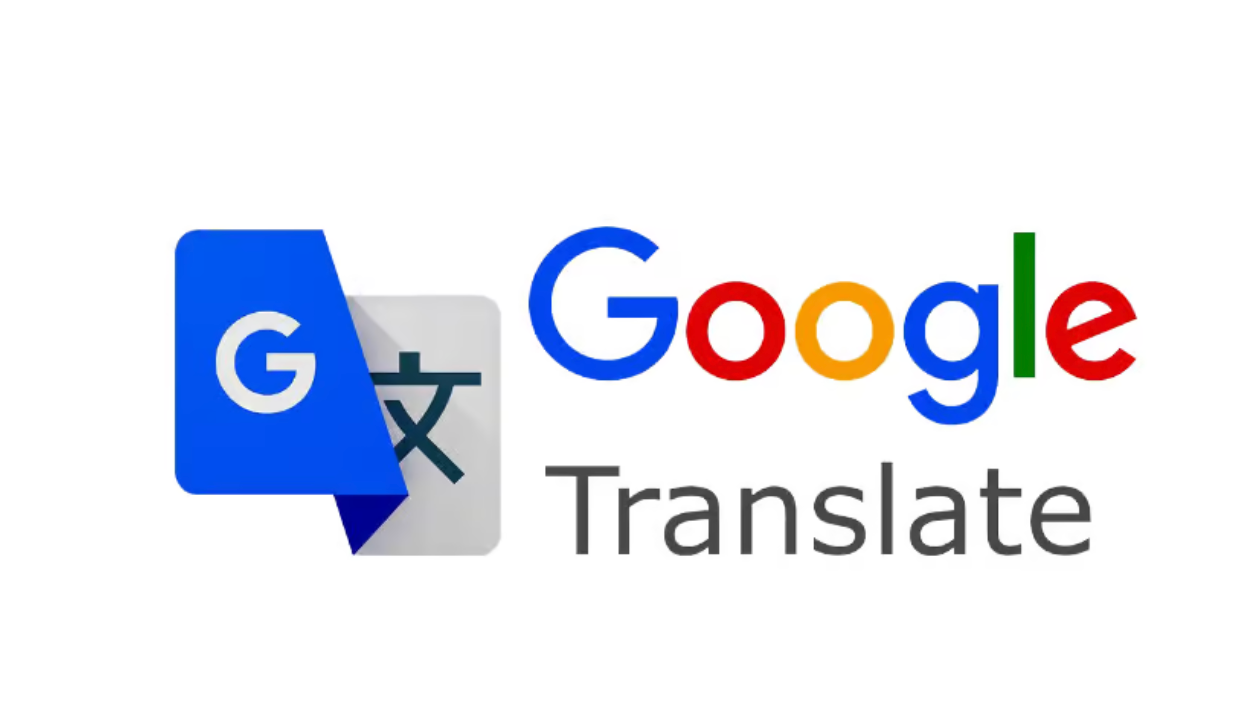Google Translate
.webp)
What is Google Translate - Definition
Google Translate - is a free language translation tool offered by Google. It allows users to translate words, phrases, texts and entire web pages between different languages. Google Translate uses advanced natural language processing technologies, including machine learning and neural networks, to provide translations that are increasingly accurate and natural. It is available as both a browser version and a Google Translate app, making it an easily accessible and convenient tool for people around the world.

How does Google Translate works?
Google Translator works on the principles of advanced natural language processing (NLP) and machine learning. Here's how the translation process works:
- Input: The user enters the text they want to translate, or uses speech or image features to provide personalized content for translation.
- Text analysis: Google Translate's algorithms analyse the text entered, identifying the source language.
- Fragmentation: The text is broken down into smaller segments, such as sentences or phrases, to facilitate the translation process.
- Translation: Using machine learning techniques, including neural networks, the system generates a translation into the selected target language. Google Translator uses huge text databases that contain already translated passages, allowing it to learn and produce better and better translations.
- Text reconstruction: Translated segments are put back together into a coherent text.
- Adaptation to context: The system tries to adapt the translation to the context, taking into account the text as a whole and the specifics of the target language.
- Translation presentation: The user receives the translated text, which can then be copied, used or shared.
Google Translate is constantly being developed and new features and improvements are being made to make translations as accurate and natural as possible.
Additional features in Google Translate
Google Translate offers a number of enhancements to new services that extend its core text translation capability. Here are some of them:
Speech translation: Allows users to translate conversations in real time, which is useful when travelling or meeting cross-culturally.
Image translation: Thanks to the camera function in the mobile app, Google Translate can translate text in pictures.
Web translation: In the Google Chrome browser, Google Translate can automatically translate entire web pages into the following languages
Offline mode: The mobile app allows you to download language packs that allow translation without internet connection.
Handwriting recognition: The tool allows text to be entered for translation by drawing letters or characters on the phone screen.
Conversation mode: A feature that allows real-time, two-way speech translation to facilitate smooth conversations in other language.
Saving and managing translations: Users can save translations in the app to easily return to past activity and create their own phrase dictionaries.
Suggesting corrections: Google Translate allows users to suggest corrections to translations to help improve the tool.
How to use the tool?
To use Google Translate, simply go to translate.google.com or download the Google Translate mobile app. In the text box, type or paste the text to be translated, select the source and target languages and then click the 'Translate' button.
Google translator - limitations
Google Translate, despite its usefulness and wide use, has some limitations:
Non-standard languages and dialects: Google Translator may have difficulty translating less common languages or dialects accurately.
Context and nuance: The tool may not recognise context and subtle linguistic nuances, which can lead to inaccuracies in translation.
Idioms and proverbs: Phraseology and local phrases are often mistranslated because they require a cultural understanding that algorithms may not have.
Grammar and syntax: Although Google Translate is getting better at grammar, syntax errors can still occur, especially in complex sentence constructions.
Specialised terminology: For specialised texts, such as medical, legal or technical, translations may be inaccurate due to a lack of specialised vocabulary.
Privacy: Texts entered into Google Translate may be stored by Google, which may raise privacy and confidentiality concerns.
In summary, Google Translate is a versatile tool to support interlingual communication in many different contexts and additional purposes, as mentioned above.










